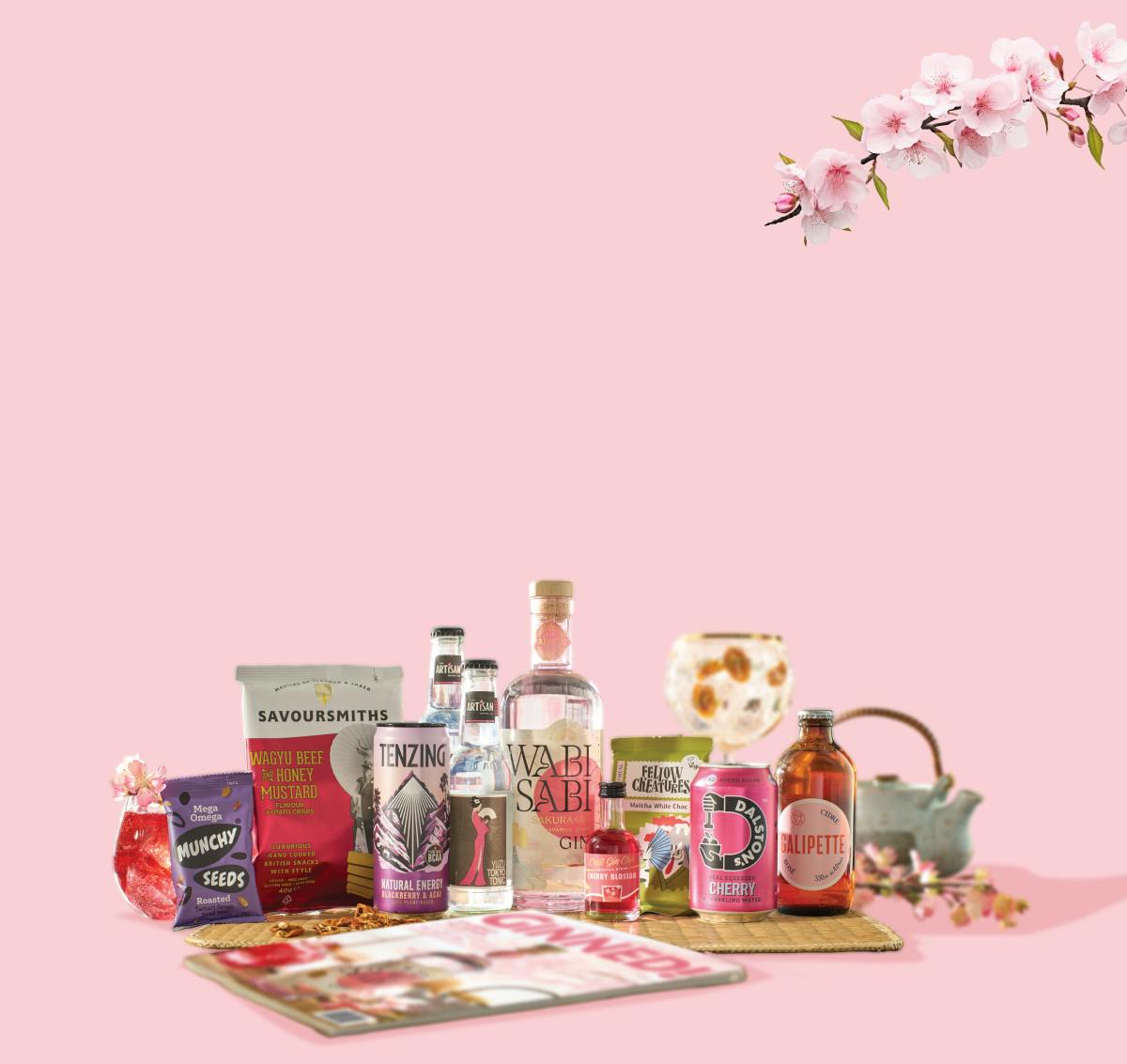Total flexibility, no commitment
A world of unique, crafted spirits
Easy, free and reliable delivery

How to host your own fun gin-tasting event at home
If you're already a Craft Gin Club member you probably already have quite a healthy gin collection and have gathered lots of useful tidbits of information about your favourite tipple from us along the way.
However, a more structured gin tasting is an excellent way to expand your understanding of the various gin flavour profiles out there; how to identify them, enjoy them, mix them, and - most importantly - to find out which gins you like the best!
Here’s our guide to hosting your own gin-tasting event at home - bottoms up!
What do I need for a gin tasting event?
Apart from a selection of craft gins (obvs - more on those later), get prepared with a few bits of kit before you start.
Suitable gin glasses
if you’re planning to taste the gins neat, a tumbler works fine; if you’re adding a cocktail element to the evening, see our handy guide to which gin glasses are best for different kinds of cocktail or mixed drink
Lots and lots of ice
Tip: bigger cubes = smaller surface area = slower melt; slower melting means less dilution of your drink. In other words, the MORE ice you have in your gin, the less diluted your gin will be by the time you finish it.
Tonics & garnishes (optional)
These can alter and enhance (or impede) your experience of the gin, so we suggest trying it without the tonic and/or garnish first, and then with, if you’re using them. See more on this topic below.
Spittoon
At least give people the option!
A big jug of mineral water
To swill out mouths and glasses in between tastings.
Plain water biscuits
To nibble in between tastings, and to cleanse the palate.
Tasting score sheet and score cards
You can find these online or make your own: we suggest including the gin ‘nose’ (smell); gin ‘palate’ (taste) and gin ‘finish’ (the after-taste) and leave space for notes, like ‘tastes amazing with peppercorn garnish’.
We recommend giving each score a mark out of 20 to get a good total number! You could make the scorecards crafty and camp-tastic (think Strictly Come Dancing’s sequinned score paddles) or go high-tech and do one on a spectacular online spreadsheet, depending on your vibe!
Cocktail shaker
If you are planning to add a cocktail element to the tasting.

How many gins should I have for a gin-tasting?
Okay, okay, we know - how long is a piece of string, right?! Of course, it’s up to you, but if you really want to take your time to evaluate and taste each gin (and still be in a fit state to score the final one!), we suggest that you select three to five to taste alongside each other.
Try to do a little bit of research - i.e. read the back of the labels! - to find gins that contain different botanicals, are made by different processes (London Dry Gin vs Old Tom, for example) and/or in different countries. This should give you a really interesting evening of tasting completely different gins and will show you the huge range of flavours that gin encompasses - as well as helping you find out which ones you like best!
Work your way through the lot, comparing notes with your gin pals on the different aromas and tastes you can identify and score the different spirits if you have taken the time to create a score sheet.
This is all about having fun as well as learning, so you can score the gins on anything you want, from the originality and uniqueness of the flavour to the attractiveness of the bottle (although maybe give the appearance a lower score than the taste - it’s all about priorities, after all!)

How do we taste and assess the gin?
Look at it, sniff it, then try a bit of the spirit neat, noticing the taste and texture when it hits your mouth and then if there are any secondary flavours coming through. Try to identify the flavours and/or botanicals before reading the label to see who got the most right!
Then see how the gin’s flavour changes when you add tonic water and/or garnishes. For those who aren't a fan of tonic, there are loads of alternatives out there to try - why not introduce a couple of different mixers to the tasting? Here’s our guide to 20 alternative mixers to tonic!

What about garnishes?
Have a selection of garnishes to pair with the right gin. If you’re not sure what garnish to go for, check out this blog on how to garnish your g&t like a pro.
The short version is to simply look at the bottle to find our what botanicals feature in your chosen gin and find a fruit, herb or spice that will complement that - use your cooking knowledge to imagine which flavours might work well together.
For example, raspberries will suit a juniper-led gin, orange and pink peppercorns go great with spiced gins and sage leaves work well with lemon or citrus notes.

Time for cocktails?
A gin tasting is all about the different individual flavours of the gins, but you could always mix it up a little (literally) by adding in a cocktail element to the tasting - it would probably work better at the end of the event. Here are 10 classic cocktails to choose from, to wow your guests!








